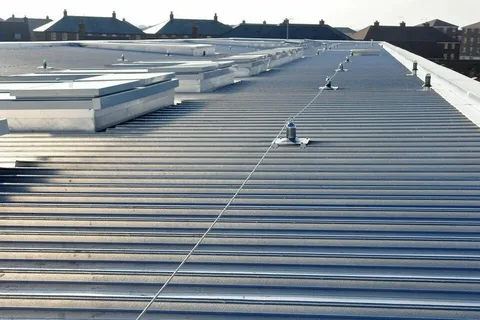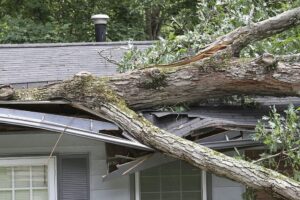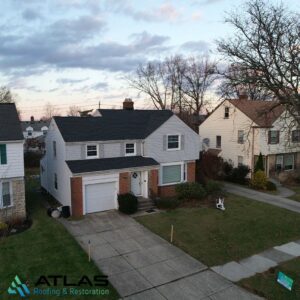Introduction
Commercial roofing plays a vital role in protecting businesses from environmental hazards. Regular maintenance is crucial to extend the roof’s lifespan, prevent costly repairs, and ensure energy efficiency. By implementing strategic maintenance practices, businesses can avoid premature deterioration and structural damage.
Why Commercial Roofing Maintenance Matters
Neglecting roof maintenance can lead to severe structural issues, including leaks, insulation damage, and even complete roof failure. Proactive upkeep enhances durability, minimizes operational disruptions, and ensures compliance with warranty requirements.
Key Strategies for Preventing Damage
1. Routine Inspections
Conducting regular inspections helps identify minor issues before they escalate. Ideally, inspections should occur at least twice a year—before and after harsh weather seasons. A professional assessment ensures that the roof remains in optimal condition and prevents unexpected failures.
2. Debris and Drainage Management
Clogged drains and accumulated debris can cause water pooling, leading to membrane deterioration and leaks. Keeping drainage systems clear and removing leaves, dirt, and other debris helps maintain the integrity of the roofing system.
3. Addressing Small Repairs Promptly
Even minor cracks or punctures in roofing membranes can develop into major leaks. Quick repairs to TPO, PVC, EPDM, and Modified Bitumen roofs prevent moisture infiltration and structural weakening. Scheduling timely repairs ensures long-term performance and cost savings.
4. Preventative Coatings and Sealants
Applying protective coatings enhances the weather resistance of commercial roofs. Sealants help protect seams, flashings, and penetrations, reducing the risk of leaks. This is particularly effective for TPO and PVC roofing systems, which benefit from UV-resistant coatings.
5. Managing Roof Load and Foot Traffic
Excessive weight and frequent foot traffic can cause damage to commercial roofing materials. Establishing clear walkways, limiting access, and reinforcing high-traffic areas with protective mats help prevent unnecessary wear and tear.
6. Weatherproofing and Seasonal Preparations
Extreme weather conditions can significantly impact commercial roofs. Preparing for seasonal changes, such as reinforcing flashings before winter or inspecting for heat damage in summer, minimizes the risk of weather-related deterioration.
Common Signs of Roofing Damage
- Water stains on ceilings or walls
- Visible cracks or blisters on the roofing membrane
- Sagging or pooling water on flat roofs
- Increased energy costs due to insulation issues
- Mold or mildew growth in the building
The Role of Professional Maintenance Services
While in-house maintenance efforts help, professional roofing contractors provide thorough inspections and expert repairs. A certified team can assess the roof’s condition, apply necessary reinforcements, and ensure compliance with industry standards.
Conclusion
Effective commercial roofing maintenance safeguards businesses from costly damages and prolongs the lifespan of roofing materials. By adopting regular inspections, proactive repairs, and weatherproofing techniques, building owners can protect their investments. For expert commercial roofing solutions, Atlas Roofing & Restoration specializes in TPO, PVC, EPDM, and Modified Bitumen systems, ensuring top-tier maintenance and durability for your property.




